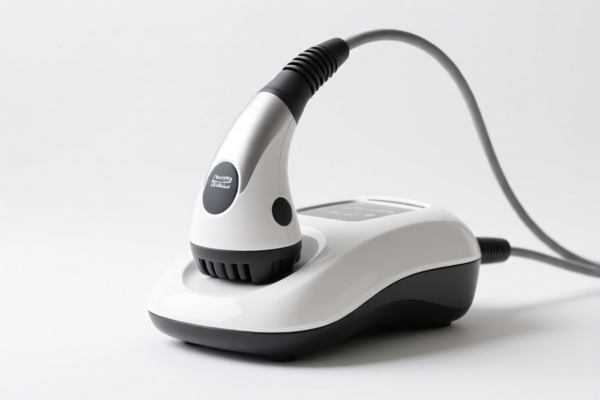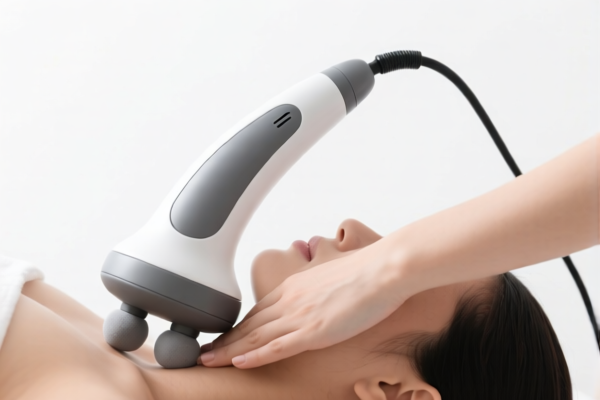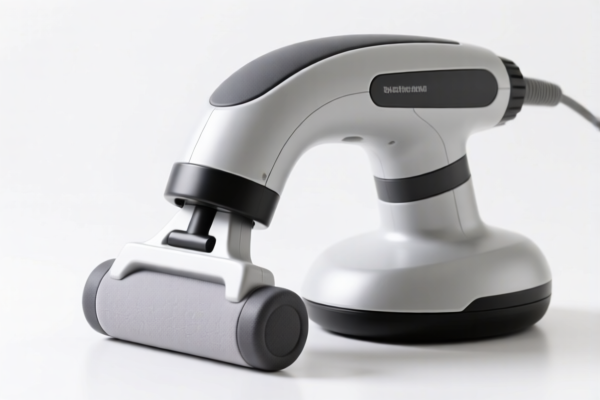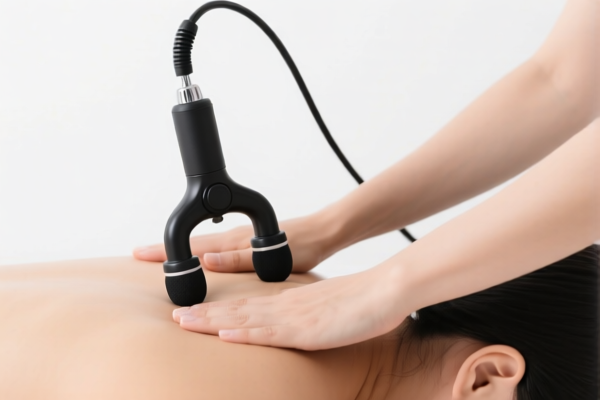| HS Code | Official Doc | Tariff Rate | Origin | Destination | Effective Date |
|---|---|---|---|---|---|
| 8505110090 | Doc | 32.1% | CN | US | 2025-05-12 |
| 8505193000 | Doc | 59.9% | CN | US | 2025-05-12 |
| 9603294090 | Doc | 0.2¢ each + 7%+30.0% | CN | US | 2025-05-12 |
| 9603908050 | Doc | 65.3% | CN | US | 2025-05-12 |
| 9608996000 | Doc | 37.5% | CN | US | 2025-05-12 |
| 9609908000 | Doc | 37.5% | CN | US | 2025-05-12 |
| 3926904000 | Doc | 32.8% | CN | US | 2025-05-12 |
| 3926909910 | Doc | 42.8% | CN | US | 2025-05-12 |
| 3924104000 | Doc | 33.4% | CN | US | 2025-05-12 |
| 3924905650 | Doc | 40.9% | CN | US | 2025-05-12 |




Magnetic Brush
A magnetic brush is a tool utilizing magnetic fields to attract and manipulate ferrous materials, most commonly iron filings or powders. It finds application in a diverse range of fields, from art and education to industrial processes and forensic science.
Material
The core component of a magnetic brush is a permanent magnet, typically neodymium (NdFeB) due to its high strength. This magnet is encased within a protective housing, often made of steel or plastic. The brush’s “bristles” are not traditional bristles, but rather ferrous particles—typically iron powder, steel wool, or other magnetically susceptible materials—held in place by the magnetic field lines emanating from the magnet. The housing material influences durability and resistance to corrosion.
Purpose & Function
The primary purpose of a magnetic brush is to concentrate, align, and move ferrous particles. The magnetic field creates lines of flux that attract and hold the particles, allowing for controlled manipulation. The strength of the magnetic field dictates the amount of material that can be held and the force with which it is retained.
Key functions include:
- Concentration: Gathering dispersed particles into a focused area.
- Alignment: Orienting particles along magnetic field lines, creating patterns or textures.
- Transportation: Moving particles from one location to another.
- Pattern Creation: Forming specific shapes or designs with the collected material.
Usage Scenarios
- Art & Education: Creating ferrofluid-like art, demonstrating magnetic field lines, and illustrating principles of magnetism. Often used in science classrooms for visual experiments.
- Industrial Applications:
- Metal Recovery: Separating ferrous contaminants from non-ferrous materials in recycling processes.
- Welding: Cleaning weld surfaces and removing slag particles.
- Powder Metallurgy: Aligning metal powders during compaction and forming processes.
- Mold Making: Creating patterns or textures in molds.
- Forensic Science: Lifting and collecting ferrous particles (e.g., gunshot residue, metal fragments) from crime scenes.
- Jewelry Making: Positioning small steel components or recovering dropped metal filings.
- Hobby & Craft: Creating unique textures and effects in various art projects.
Common Types
- Handheld Magnetic Brushes: Small, portable brushes designed for manual use. These vary in size and magnetic strength depending on the application.
- Large-Scale Magnetic Brushes: Larger units, often with handles or mounting options, used for industrial applications like metal recovery or cleaning.
- Adjustable Magnetic Brushes: Some models feature adjustable magnetic field strength, allowing for control over the amount of material held.
- Magnetic Pickup Tools: These are often similar in design but are specifically used for picking up ferrous objects like screws, nails, and bolts.
- Brush-less Magnetic Systems: These systems utilize a magnetic field without a traditional brush form, often employing electromagnets for controlled particle manipulation.
Based on the provided information, the following HS codes are relevant to “magnetic brush”:
-
8505110090: This HS code falls under Chapter 85 – Electromagnets; permanent magnets or articles intended to become permanent magnets; electromagnetic or permanent magnet chucks and clamps; electromagnetic couplings, clutches and brakes; electromagnetic lifting heads. Specifically, it covers Permanent magnets and articles intended to become permanent magnets after magnetization: Of metal Other. The basic tariff is 2.1%, with no additional tariff currently, but a 30.0% additional tariff will apply after April 2, 2025, resulting in a total tariff of 32.1%.
-
8505193000: Also within Chapter 85, this code covers Permanent magnets and articles intended to become permanent magnets after magnetization: Other: Other. The basic tariff is 4.9%, with an additional tariff of 25.0% currently, and 30.0% after April 2, 2025, for a total tariff of 59.9%.
-
9603294090: This HS code is under Chapter 96 – Miscellaneous manufactured articles. It specifically covers Brooms, brushes (including brushes constituting parts of machines, appliances or vehicles), hand-operated mechanical floor sweepers, not motorized, mops and feather dusters; prepared knots and tufts for broom or brush making; paint pads and rollers; squeegees (other than roller squeegees): Toothbrushes, shaving brushes, hair brushes, nail brushes, eyelash brushes and other toilet brushes for use on the person, including such brushes constituting parts of appliances: Other: Valued not over 40¢ each Other. The tariff is 0.2¢ each plus 7%, with an additional 30.0% tariff after April 2, 2025, resulting in a total tariff of 0.2¢ each + 7% + 30.0%.
-
9603908050: Still within Chapter 96, this code covers Brooms, brushes (including brushes constituting parts of machines, appliances or vehicles), hand-operated mechanical floor sweepers, not motorized, mops and feather dusters; prepared knots and tufts for broom or brush making; paint pads and rollers; squeegees (other than roller squeegees): Other: Other. The basic tariff is 2.8%, with an additional tariff of 7.5% currently, and 30.0% after April 2, 2025. Additionally, tariffs of 25% apply to steel and aluminum products, resulting in a total tariff of 65.3%.
Regarding HS code 9603908050, please note the additional 25% tariff that applies to steel and aluminum products.
Customer Reviews
No reviews yet.